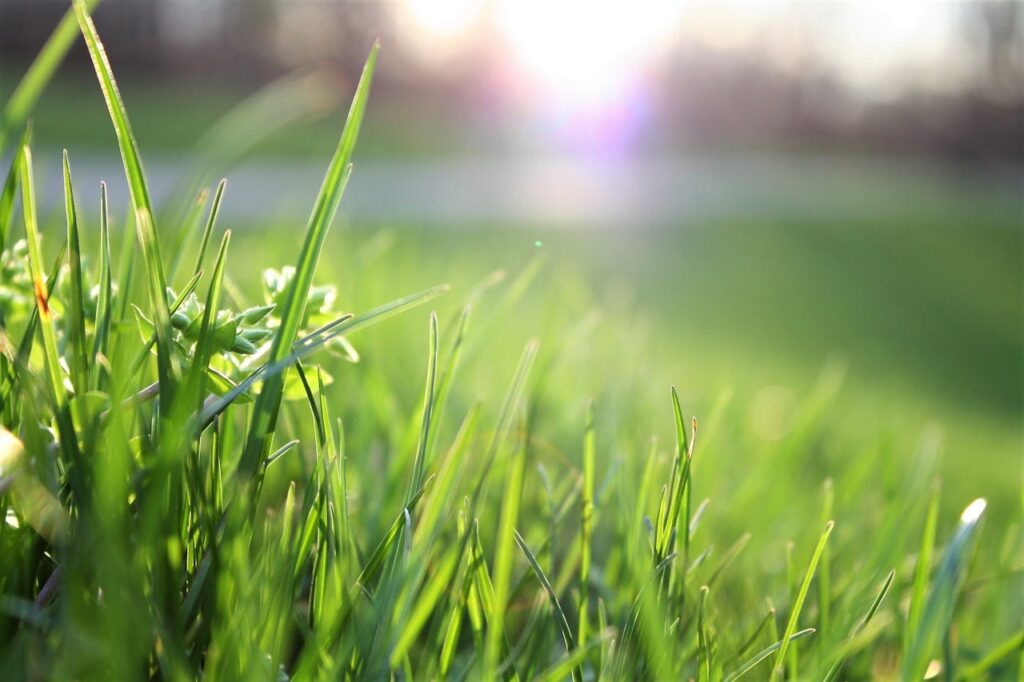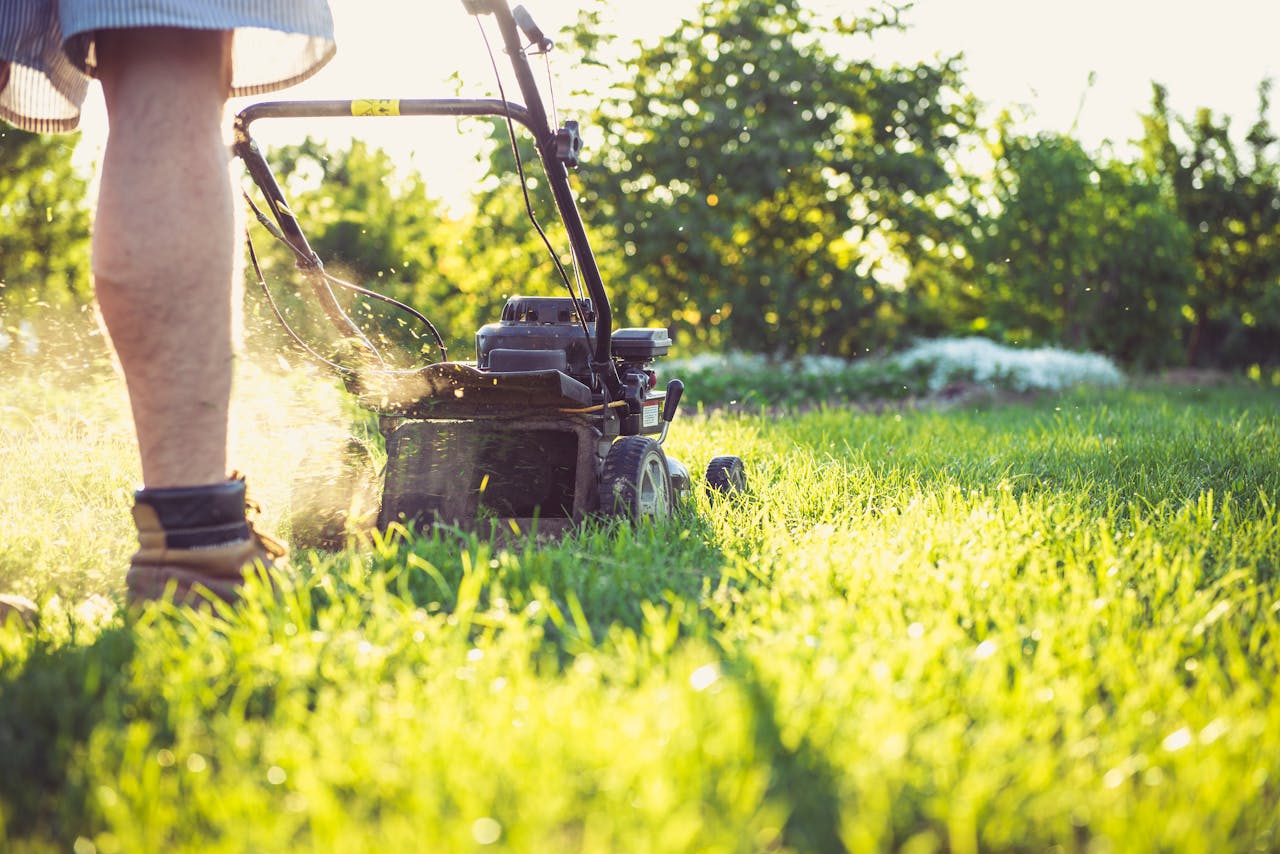Choosing the correct fertiliser involves understanding the specific needs of your plants, the characteristics of your soil, and the types of fertilisers available. Here are the steps to help you choose the right fertiliser:
1. Soil Testing
- Conduct a Soil Test: Before selecting a fertiliser, test your soil to determine its pH level and nutrient content. Soil tests can be done through local agricultural extensions or using DIY kits.
- Analyze the Results: The soil test report will indicate levels of key nutrients (nitrogen, phosphorus, potassium) and other elements like calcium, magnesium, and sulfur. It will also show the soil pH, which affects nutrient availability.
2. Understand Plant Needs
- Identify Plant Requirements: Different plants have varying nutrient needs. For example, leafy vegetables typically require more nitrogen, while flowering plants and root vegetables may need more phosphorus and potassium.
- Growth Stage Consideration: Plants have different nutrient requirements at various stages of growth (e.g., seedlings vs. mature plants).
3. Types of Fertilisers
- Organic Fertilisers: Made from natural materials such as compost, manure, bone meal, and seaweed. They improve soil structure and provide slow-release nutrients.
- Inorganic (Synthetic) Fertilisers: Manufactured chemicals that provide nutrients quickly. They are available in granular, liquid, or slow-release forms.
- Balanced Fertilisers: Contain equal proportions of N-P-K (e.g., 10-10-10) and are suitable for general use.
- Specialized Fertilisers: Formulated for specific plants or conditions (e.g., acid-loving plants, bloom boosters).
4. Reading Fertiliser Labels
- N-P-K Ratio: The three numbers on a fertiliser bag represent the percentage of nitrogen (N), phosphorus (P), and potassium (K). Match these ratios to your plant and soil needs.
- Micronutrients: Some fertilisers also include essential micronutrients such as iron, manganese, and zinc. Check if these are needed based on your soil test.
5. Application Methods
- Granular Fertilisers: Easy to apply, can be mixed into the soil or spread on the surface. Suitable for slow-release feeding.
- Liquid Fertilisers: Provide quick nutrient absorption through foliar feeding or soil drenching. Ideal for rapid nutrient delivery.
- Slow-Release Fertilisers: Release nutrients over time, reducing the need for frequent applications. Good for long-term feeding.
6. Consider Environmental Impact
- Leaching and Runoff: Choose fertilisers that minimize environmental impact by reducing nutrient runoff and leaching into waterways.
- Organic Options: Opt for organic fertilisers when possible to improve soil health and reduce chemical dependency.
7. Local Conditions and Regulations
- Climate and Soil Type: Consider local climate and soil type when selecting fertilisers. Sandy soils may need different types of fertilisers than clay soils.
- Regulations: Be aware of any local regulations regarding fertiliser use, especially concerning phosphorus and nitrogen to prevent environmental pollution.
8. Trial and Observation
- Monitor Plant Response: After applying fertiliser, observe plant growth and health. Adjust the type and amount of fertiliser based on plant response and any signs of nutrient deficiencies or excesses.
- Record Keeping: Keep records of the fertilisers used, application rates, and results to inform future fertilization practices.
By following these steps, you can choose the correct fertiliser that meets the specific needs of your plants, improves soil health, and promotes sustainable gardening or farming practices.
Visit the below link to see a list of Bunnings products that will assist with fertilising your garden and plants
https://www.bunnings.com.au/products/garden/gardening/fertilisers


